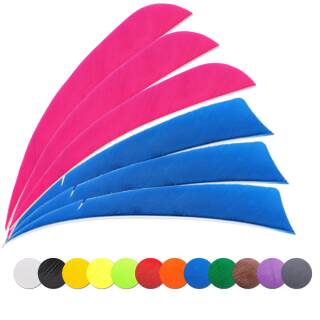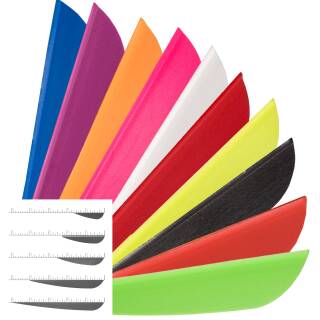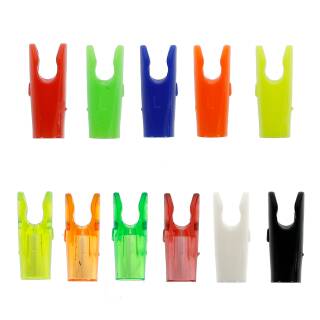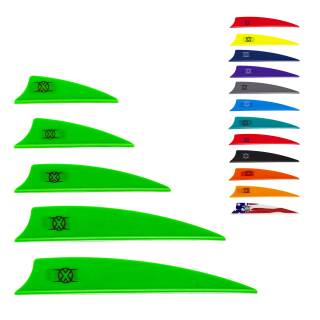
Which arrow is the right one for you?
Do you want to do traditional archery with the bow and wooden arrows or do you want to shine at archery tournaments with carbon arrows? No matter what kind of arrows you need, here you will find an extensive selection for beginners as well as for advanced archers. From complete arrows to shafts and any accessories, our arrows will cheer the heart of every archer. Our products in various executions and by numerous manufacturers are suited for leisure- or archery sport use. Like that, you will certainly get to your goal with arrow-speed. Whether you want to make your arrow from our shafts and accessories or opt for a set of complete arrows is completely up to you.
![[Bestseller] SPHERE Solid - natural nib - unicolored -...](https://www.bogensportwelt.ch/media/image/product/211740/md/bestseller-sphere-solid-naturfeder-einfarbig-verschiedene-laengen-formen.jpg)
- Available immediately
![[Bestseller] SPHERE Zebra - Feather - Barred - various...](https://www.bogensportwelt.ch/media/image/product/211742/md/bestseller-sphere-zebra-naturfeder-gestreift-verschiedene-formen-laengen.jpg)
- Available immediately
Buying arrows for leisure- and sports use
What you should know about the variety of materials when buying arrows
In our product range, there are arrows made from different materials for short- as well as long distances. Starting at wooden arrows, which have been used by archers worldwide for centuries, we also offer arrows made from aluminium, fiberglass or carbon. Fiberglass arrows are perfect for beginners since they are durable and do not bend. Aluminium offers a large selection range for beginners as well as advanced archers and is also suitable for archery tournaments. Carbon arrows offer the archer high precision and are even more durable. The best material for experienced archers are aluminium-carbon arrows, which unite the best characteristics of both materials and thereby gain an excellent arrow flight. All of these arrows are of course offered in various lengths and spines.
Individuality for even more fun
In order to make archery an even more exciting experience you can design your arrows individually with our accessories. By using various wraps, nocks, fletchings, vanes and feathers you can give your arrows a one of kind design. The suitable tools for arrow making you can of course also find in our store. With our arrow cases for storage and transport, you will be well-prepared for the next tournament.
Paper tuning
The paper test helps you analyze the arrow flight and to make corrections to your technique, to the setup of your bow and to the arrows used. We would like to explain to you what the paper test is about in detail.
What is the paper test?
As the name suggests, a piece of paper is the central element of the process. The sheet of paper, measuring approx. 60 x 60 cm, (newspaper is very suitable for this purpose, by the way) is stretched out at the height of your shoulders. Now you shoot through the stretched paper from a distance of about 2 meters. Please make sure that the penetrating arrow is stopped safely. It is best to position a target behind your paper test setup.
After the arrow penetrated the paper, it will leave a unique shot pattern, which can be seen as tears in the paper. In the following we will show you typical shot patterns and suitable solutions to achieve an optimal arrow flight.
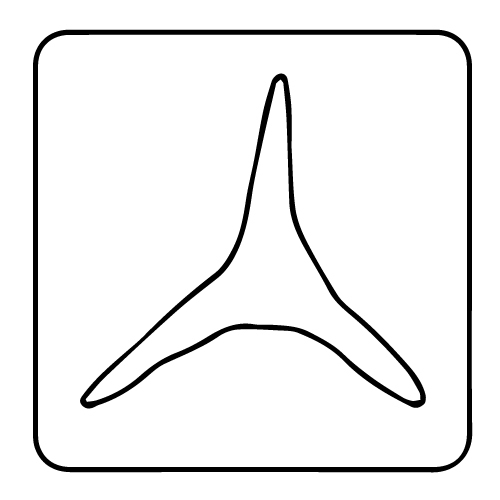
Perfect tear
- no optimization necessary
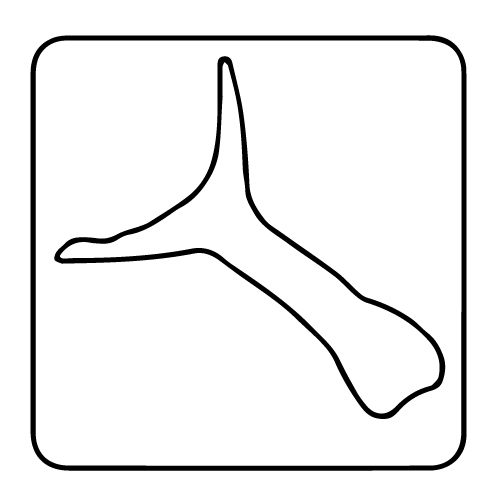
Multible tear
- adjust the high tear
- adjust the left
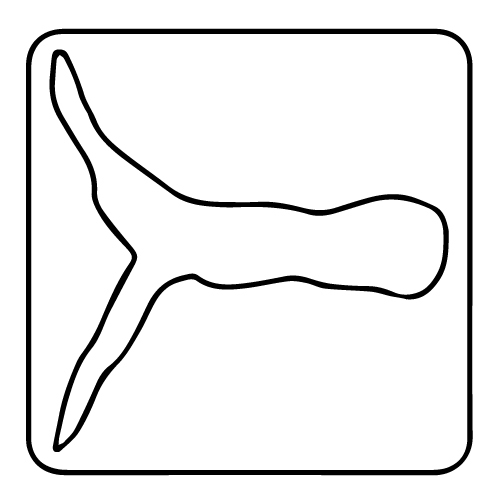
Left tear
- move rest towards riser (RH shooter)
- adjust cam lean
- use stiffer arrow
- decrease bow poundage
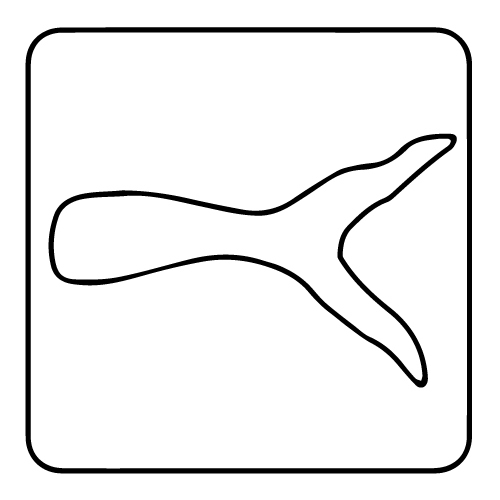
Right tear
- move rest away from riser (RH shooter)
- adjust cam lean
- use weaker arrow
- increase bow poundage
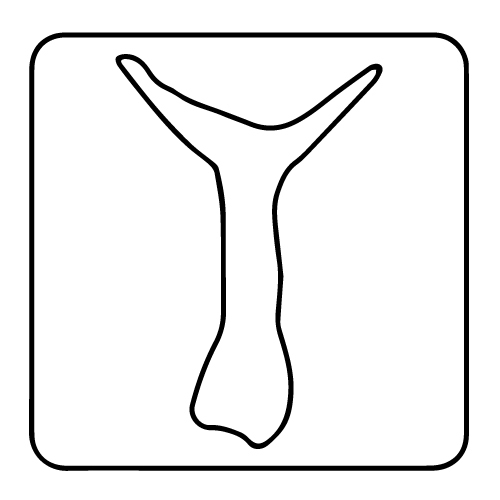
High tear
- move nock point down
- move rest up
- decrease launcher stiffness
- shorten arrow length
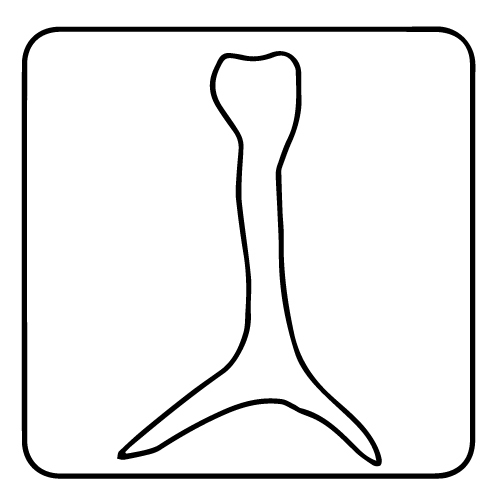
Low tear
- raise nock point
- move rest down
- add more weight to the point
- increase bow poundage
Bare shaft tuning
The bare shaft test, also known to some as the raw shaft test, is the only effective way to optimally match your bow to the used arrows, so you can achieve an almost perfect hit. The goal is to find both the correct position of the nocking point and the optimal adjustment of its components.
How does the bare shaft test work?
When doing a bare shaft test, the shot pattern of fletched arrows is compared to unfletched ones, which are otherwise identical. First, a certain number of arrows with fletchings are shot at the target. Then the same procedure is performed with the unfletched counterparts.
If the unfletched arrows differ from the shot pattern of the fletched arrows, there are certain procedures and possibilities to correct the pattern. This procedure is repeated until the fletched and unfletched arrows have an identical hit pattern. Of course, a small natural divergence should always be taken into account. The following is a selection of possible shot patterns and the appropriate solutions.
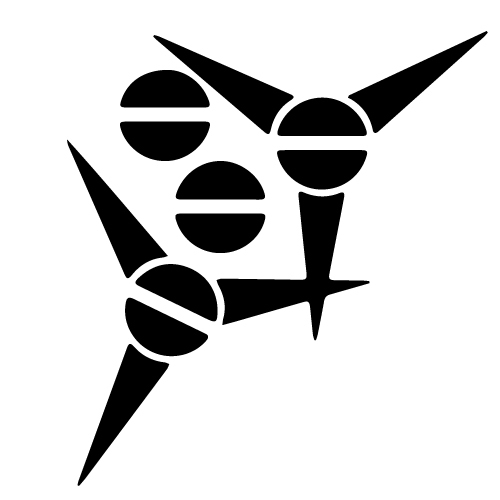
Optimal tuning
- no optimization necessary
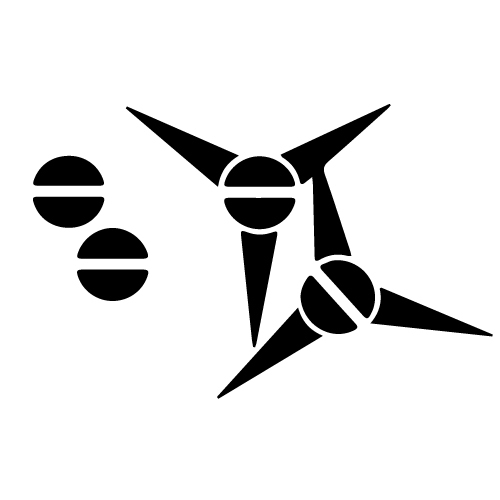
Stiff arrow
- use longer arrow
- use a lighter spine arrow
- add weight to the point
- decrease cushion plunger
- add poundage to the limbs
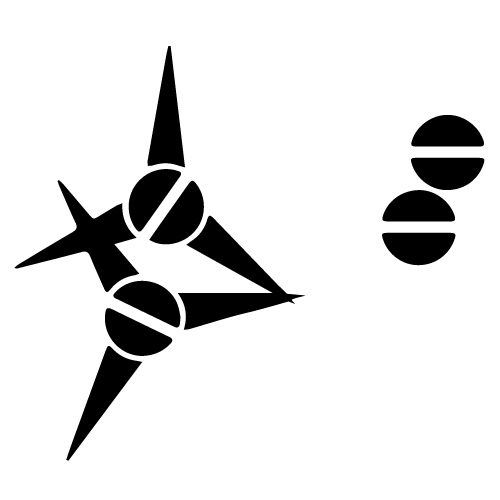
Weak arrow
- cut shafts 1/4" at a time
- use a stiffer spined arrow
- decrease point or insert
- increase plunger tensions
- decrease poundage
- add weight to the back of the arrow
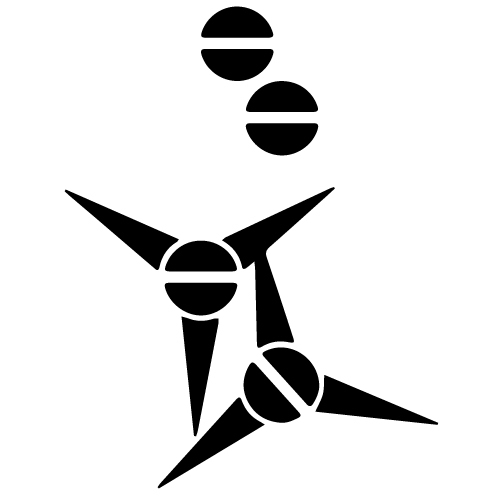
Low nock point
- move nock point up
- move arrow rest down

High nock point
- move nock point down
- move arrow rest up
